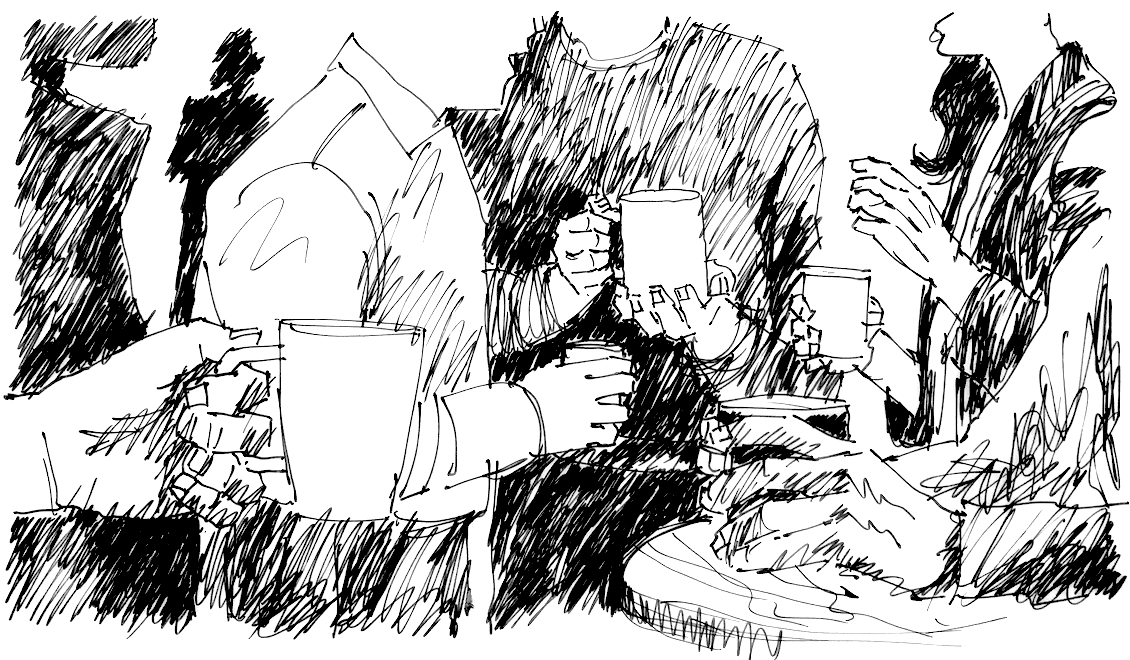Seven survival essentials

Here’s a tale I’ve heard all too often.
It’s a great design business, respected in its category, and suddenly, the largest client announces that all projects over $100k will go through an RFP process requiring six bidders. Now you’re facing serious competitors and potentially a shortage of work. Worse, projects you do win are far less profitable.
This is nothing new. We live in a market economy, and prices for consumables have been dropping since the dawn of the industrial revolution. The phenomenon of dropping prices isn’t steady, and it comes in fits and starts. This is one of those difficult moments. A couple of years ago, it was all up. However, over the long term, the downward trend is relentless. That’s the big picture.
The small picture, however, is where creative firms need to focus.
The anticipated recessionary climate has unleashed a wave of corporate money-saving moves that have already hit my clients, including a reduction in marketing spending, pressure to lower prices, and less work going to independent firms.
Over the last decade or so, in-house creative groups have grown dramatically, reducing much of the work that formerly went to both independent and holding company owned creative firms.
Most recently, the tech sector has dramatically cut spending on outside creative and adopted tighter purchasing policies for all outside services.
On a good note, the widespread tech layoffs and hiring freeze seem to have reduced the conscripting of my clients’ top creatives by corporate recruiters.
Some say that the major corporations are using this inflationary recession as an excuse to cut costs across the board while raising prices simultaneously. In effect using inflation as cover for increasing profits.
Maybe so, but the real question is what to do about it.
Here’s what I recommend.
First, make sure you are as close to the people you work with on the client team as you can be. Do that by understanding the pressures and demands they are dealing with. Make sure you are helping them, not making their jobs harder. This isn’t about dinner and drinks. It’s about listening and understanding.
Second, if you do ruffle client feathers, understand the problem, address and resolve it as quickly as you can.
Third, speaking of ruffled feathers, make sure everyone on your team really feels like they are part of the team and that their contribution is respected. Ensure your team leaders know how to give positive and negative feedback in the moment when it’s needed.
Fourth, remember that creative people are motivated by the work and the respect they get from doing the work. They must feel valued for the work they do. And they need to feel that those they work with are worthy of respect in return.
Fifth, leadership must focus on emerging opportunities that fit the team. Things needed by our clients change all the time. Watch for the changes. Figure out how you can help and adjust your services accordingly.
Sixth, remember success is all about community. Stay in touch with your community. Be informed about what’s going on. Help others when they need help. And when you need help, feel okay about asking for it.
Seven, be on the lookout for a client that needs a large portion of the services you provide over the long term, if you don’t already have one. I’ve watched the creative service space evolve for over fifty years at this point. Serving and maintaining a major client on a continuous basis is one of the best ways I’ve seen to maintain stability over the long term.
And the $100k RFP demand that I opened with? That will be negotiated with the interests of both parties in mind if you have a trusting relationship.
Clients that love us. A creative team that feels connected and respected. Leadership that’s focused on making things better. A community that can depend on you and you can depend on in return. Stable client(s) that account for significant revenue. Those are the secrets to long term success for small creative groups.



3 Comments
The big issue is that most creative firms want to spend more time blaming the economy instead of changing to be a successful part of it. We can’t WAIT for things to return to NORMAL. The past is just that… past. Look at your business model, eject the parts that no longer fit, and build something that is sustainable in this new world.
Hi Ted!
Nice to hear from you. I am glad I am retired.
Dick
In this down economy, business has moved into a mode of trying to improve the bottom line by cutting costs. It?s a short-sighted strategy, but when share-holder value is a higher priority than creating real value, this strategy does what they want. For those of us in creative business, we experience this as a lowering of value for what we do and for creativity in general. Eventually business will come to realize that ?you can?t shrink your way to greatness,? as Tom Peters once said. There is no way of knowing when that will turn around, and in the mean time, it is our reality.
The opportunity for creative people is to look beyond corporate business to find new opportunities that perhaps didn?t exist before. The same technologies that have caused so much disruption for traditional businesses are also opening up new opportunities for creative people. At a recent conference I heard Sergey Brin say ?at Google, we constantly ask ourselves, what can we do with this technology that we couldn?t do before.? It?s a great question for creative professionals to ask of themselves. I?m excited about the ways I?m discovering to do an end run around the corporate giants.